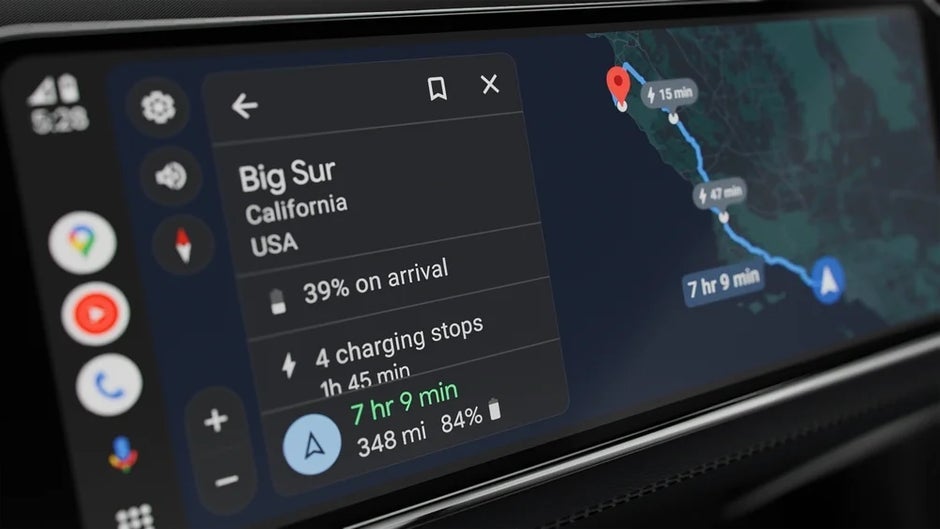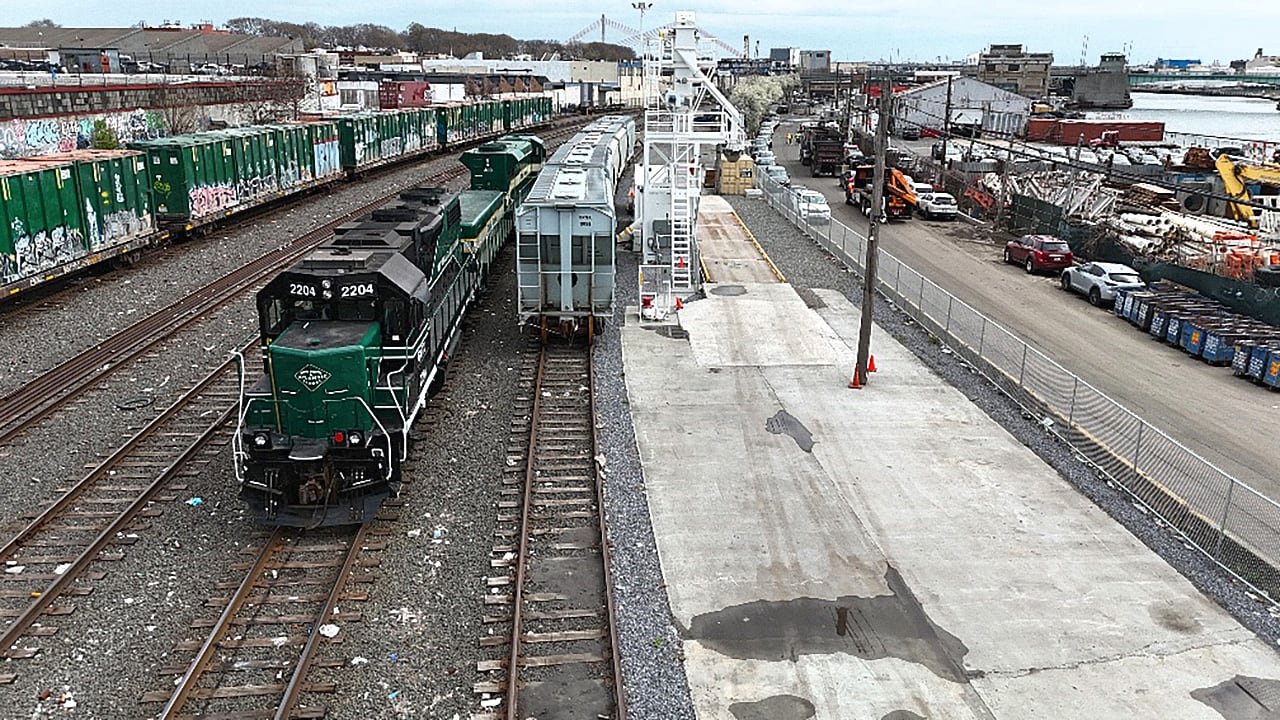How to Overcome Barriers and Scrape Google Maps Like a Pro
Google Maps is far more than just a navigation tool. It’s a goldmine of data—business details, reviews, contact info, locations, and much more. This data is invaluable for businesses and developers. Whether you're building lead lists, analyzing market trends, or optimizing local SEO, the insights you can gather from Google Maps are endless. However, manually extracting this data is a huge time suck. And when you're working with large datasets, it becomes even more challenging. Enter data scraping. In this guide, we’ll dive into the essentials of scraping Google Maps data efficiently and securely. We’ll cover tools, strategies, and best practices, all while keeping your operations compliant and your activity anonymous. Why You Should Scrape Google Maps Data First things first—why scrape Google Maps? The reasons are compelling. 1. Lead Generation If you’re in sales or marketing, you know the importance of having targeted leads. Google Maps data gives you easy access to essential business details—names, contact info, addresses. Whether you’re targeting local businesses or nationwide companies, the right data makes all the difference. 2. Market Research What are your competitors up to? Scraping Google Maps lets you analyze competitor locations, reviews, and ratings. It’s like having insider knowledge of market trends. With this data, you can spot opportunities for growth, figure out underserved areas, or tweak your strategies based on customer feedback. 3. Local SEO Optimization Local SEO is more crucial than ever, and scraping Google Maps can give you the edge. By extracting data about local businesses, reviews, and keywords, you can optimize your content to rank higher in location-based searches. The result? More visibility and more customers. But—here’s the challenge. Google has a robust anti-scraping system in place. IP restrictions, CAPTCHAs, and rate limits can all halt your data-gathering efforts. That’s where proxy solutions come in. Let's dig into the problems and how to solve them. The Obstacles in Scraping Google Maps While scraping Google Maps can give you a treasure trove of data, it’s not without its challenges. 1. IP Restrictions If you’re scraping at scale, you’ll quickly hit Google’s radar. When you send multiple requests from the same IP address, Google can block your access. The result? Interrupted scraping, lost data, and possibly even an IP ban. 2. CAPTCHAs and Anti-Bot Systems Google is smart. It knows when bots are scraping its data. CAPTCHAs are the first line of defense, and they can be a major pain. You’ll face constant pop-ups, slowing down your progress—or stopping it entirely. 3. Rate Limits Google limits the number of requests you can make in a short period. Cross that threshold, and you’re hit with a temporary block. This throttling can throw off your entire scraping project. Luckily, these challenges can be overcome with the right tools—particularly, proxies. More on that later. How to Scrape Google Maps Data To scrape data from Google Maps effectively, you need the right mix of tools and proxies. 1. Choose the Right Scraping Tool There are several ways to scrape Google Maps. Popular options include: Python Libraries: BeautifulSoup and Scrapy are great for those who prefer hands-on, customizable scraping. Automation Platforms: Tools like Apify are user-friendly, and they let you set up scraping without writing much code. These tools help you pull data—business names, locations, ratings, reviews, and more—directly from Google Maps. 2. Integrate Proxies for Anonymity and Security Proxies are non-negotiable. Without them, your IP could be flagged and blocked. With rotating residential proxies, you get a fresh IP address with every request. This makes it nearly impossible for Google to detect repetitive activity. Whether you're using datacenter proxies for speed or mobile proxies for specific mobile-related content, having the right proxy ensures smooth and uninterrupted scraping. 3. Optimize Your Scraping Process Delays Between Requests: Mimic human browsing behavior. Google hates bots making quick, repeated requests. Set time delays between requests to keep your scraping low-key. Geo-Targeting: Use proxies from specific regions or countries to scrape localized data. Data Storage: Once you’ve scraped your data, store it in a structured format like CSV or JSON to make analysis easier. With the right tools and proxies, you can collect and store valuable data—securely and without interruptions. Best Approaches to Scraping Google Maps Here’s how you ensure that your Google Maps scraping is efficient, safe, and compliant. 1. IP Rotation Constantly rotating your IP address is critical. Each request should come from a different IP to avoid detection. Residential proxies automate this process for you, so you don’t have to manually rotate IPs. 2. Follow Google’s Scraping Guidelines Always scrape responsibly. Google has strict guidelines, so avo

Google Maps is far more than just a navigation tool. It’s a goldmine of data—business details, reviews, contact info, locations, and much more. This data is invaluable for businesses and developers. Whether you're building lead lists, analyzing market trends, or optimizing local SEO, the insights you can gather from Google Maps are endless. However, manually extracting this data is a huge time suck. And when you're working with large datasets, it becomes even more challenging. Enter data scraping.
In this guide, we’ll dive into the essentials of scraping Google Maps data efficiently and securely. We’ll cover tools, strategies, and best practices, all while keeping your operations compliant and your activity anonymous.
Why You Should Scrape Google Maps Data
First things first—why scrape Google Maps? The reasons are compelling.
1. Lead Generation
If you’re in sales or marketing, you know the importance of having targeted leads. Google Maps data gives you easy access to essential business details—names, contact info, addresses. Whether you’re targeting local businesses or nationwide companies, the right data makes all the difference.
2. Market Research
What are your competitors up to? Scraping Google Maps lets you analyze competitor locations, reviews, and ratings. It’s like having insider knowledge of market trends. With this data, you can spot opportunities for growth, figure out underserved areas, or tweak your strategies based on customer feedback.
3. Local SEO Optimization
Local SEO is more crucial than ever, and scraping Google Maps can give you the edge. By extracting data about local businesses, reviews, and keywords, you can optimize your content to rank higher in location-based searches. The result? More visibility and more customers.
But—here’s the challenge. Google has a robust anti-scraping system in place. IP restrictions, CAPTCHAs, and rate limits can all halt your data-gathering efforts. That’s where proxy solutions come in. Let's dig into the problems and how to solve them.
The Obstacles in Scraping Google Maps
While scraping Google Maps can give you a treasure trove of data, it’s not without its challenges.
1. IP Restrictions
If you’re scraping at scale, you’ll quickly hit Google’s radar. When you send multiple requests from the same IP address, Google can block your access. The result? Interrupted scraping, lost data, and possibly even an IP ban.
2. CAPTCHAs and Anti-Bot Systems
Google is smart. It knows when bots are scraping its data. CAPTCHAs are the first line of defense, and they can be a major pain. You’ll face constant pop-ups, slowing down your progress—or stopping it entirely.
3. Rate Limits
Google limits the number of requests you can make in a short period. Cross that threshold, and you’re hit with a temporary block. This throttling can throw off your entire scraping project.
Luckily, these challenges can be overcome with the right tools—particularly, proxies. More on that later.
How to Scrape Google Maps Data
To scrape data from Google Maps effectively, you need the right mix of tools and proxies.
1. Choose the Right Scraping Tool
There are several ways to scrape Google Maps. Popular options include:
Python Libraries: BeautifulSoup and Scrapy are great for those who prefer hands-on, customizable scraping.
Automation Platforms: Tools like Apify are user-friendly, and they let you set up scraping without writing much code.
These tools help you pull data—business names, locations, ratings, reviews, and more—directly from Google Maps.
2. Integrate Proxies for Anonymity and Security
Proxies are non-negotiable. Without them, your IP could be flagged and blocked. With rotating residential proxies, you get a fresh IP address with every request. This makes it nearly impossible for Google to detect repetitive activity. Whether you're using datacenter proxies for speed or mobile proxies for specific mobile-related content, having the right proxy ensures smooth and uninterrupted scraping.
3. Optimize Your Scraping Process
Delays Between Requests: Mimic human browsing behavior. Google hates bots making quick, repeated requests. Set time delays between requests to keep your scraping low-key.
Geo-Targeting: Use proxies from specific regions or countries to scrape localized data.
Data Storage: Once you’ve scraped your data, store it in a structured format like CSV or JSON to make analysis easier.
With the right tools and proxies, you can collect and store valuable data—securely and without interruptions.
Best Approaches to Scraping Google Maps
Here’s how you ensure that your Google Maps scraping is efficient, safe, and compliant.
1. IP Rotation
Constantly rotating your IP address is critical. Each request should come from a different IP to avoid detection. Residential proxies automate this process for you, so you don’t have to manually rotate IPs.
2. Follow Google’s Scraping Guidelines
Always scrape responsibly. Google has strict guidelines, so avoid overdoing it. Use delays between requests and only scrape publicly available information.
3. Use Geo-Targeted Proxies
If you need location-specific data, geo-targeting is essential. Google Maps is location-based, and scraping with a proxy from the right area ensures accurate results.
4. Regularly Monitor Performance
Test your proxies and scraping tools often. If anything isn’t working as expected, tweak the setup.
5. Securely Store Your Data
Once your data is scraped, store it in a format that makes analysis easy. CSV or JSON are solid choices for structured, exportable data.
Wrapping Up
Scraping Google Maps is a game-changer. Whether you’re building lead lists, conducting market research, or optimizing for local SEO, the data is invaluable. But without the right tools—especially proxies—it’s easy to run into roadblocks.


















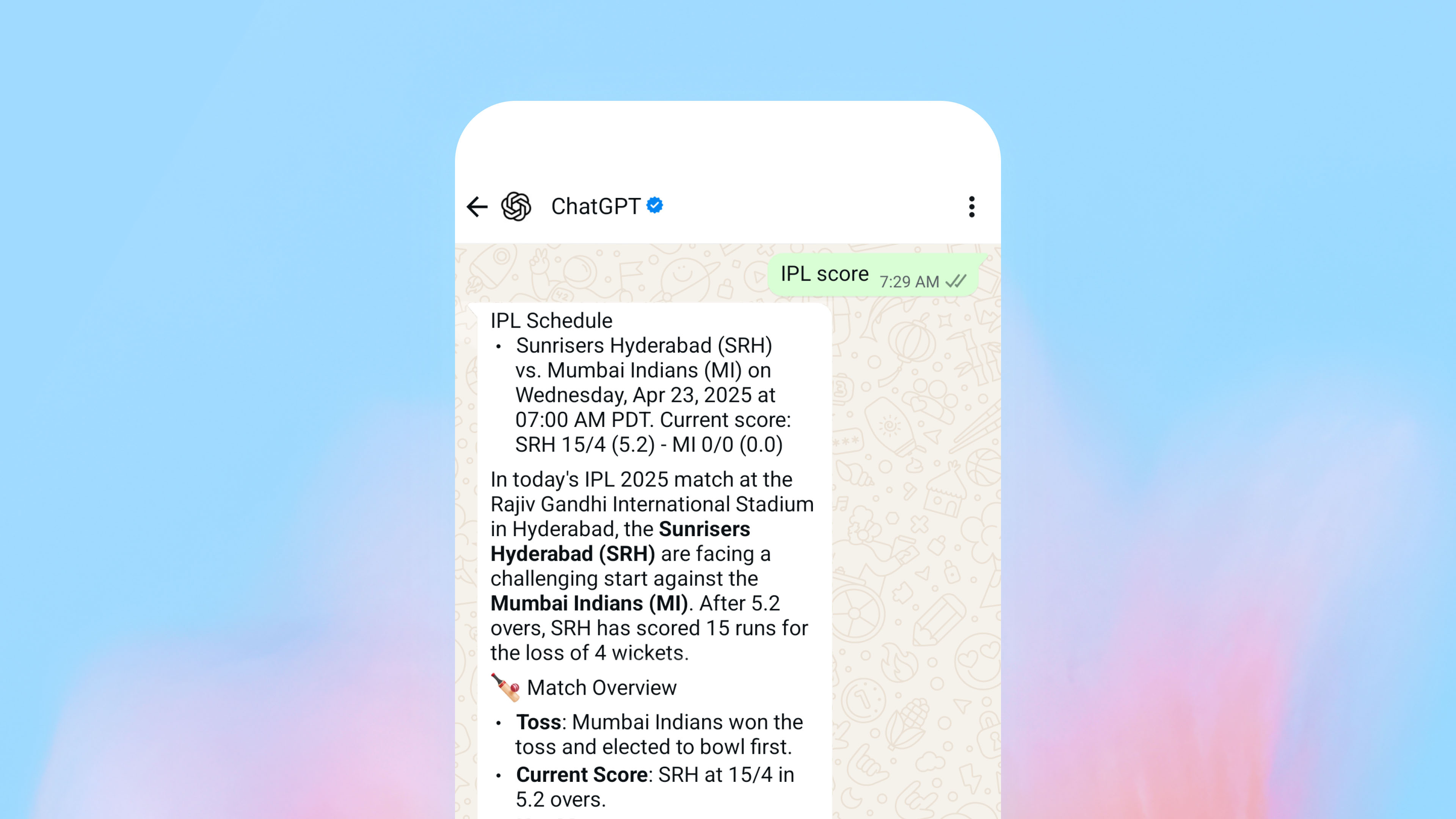
















































































































































![[The AI Show Episode 145]: OpenAI Releases o3 and o4-mini, AI Is Causing “Quiet Layoffs,” Executive Order on Youth AI Education & GPT-4o’s Controversial Update](https://www.marketingaiinstitute.com/hubfs/ep%20145%20cover.png)



































































































































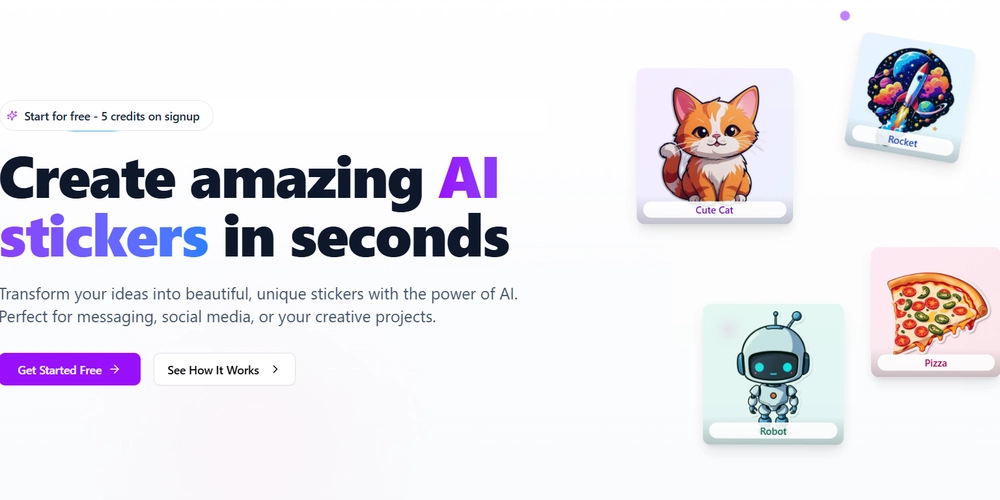












































































































.png?width=1920&height=1920&fit=bounds&quality=70&format=jpg&auto=webp#)






















_Vladimir_Stanisic_Alamy.jpg?width=1280&auto=webp&quality=80&disable=upscale#)








































































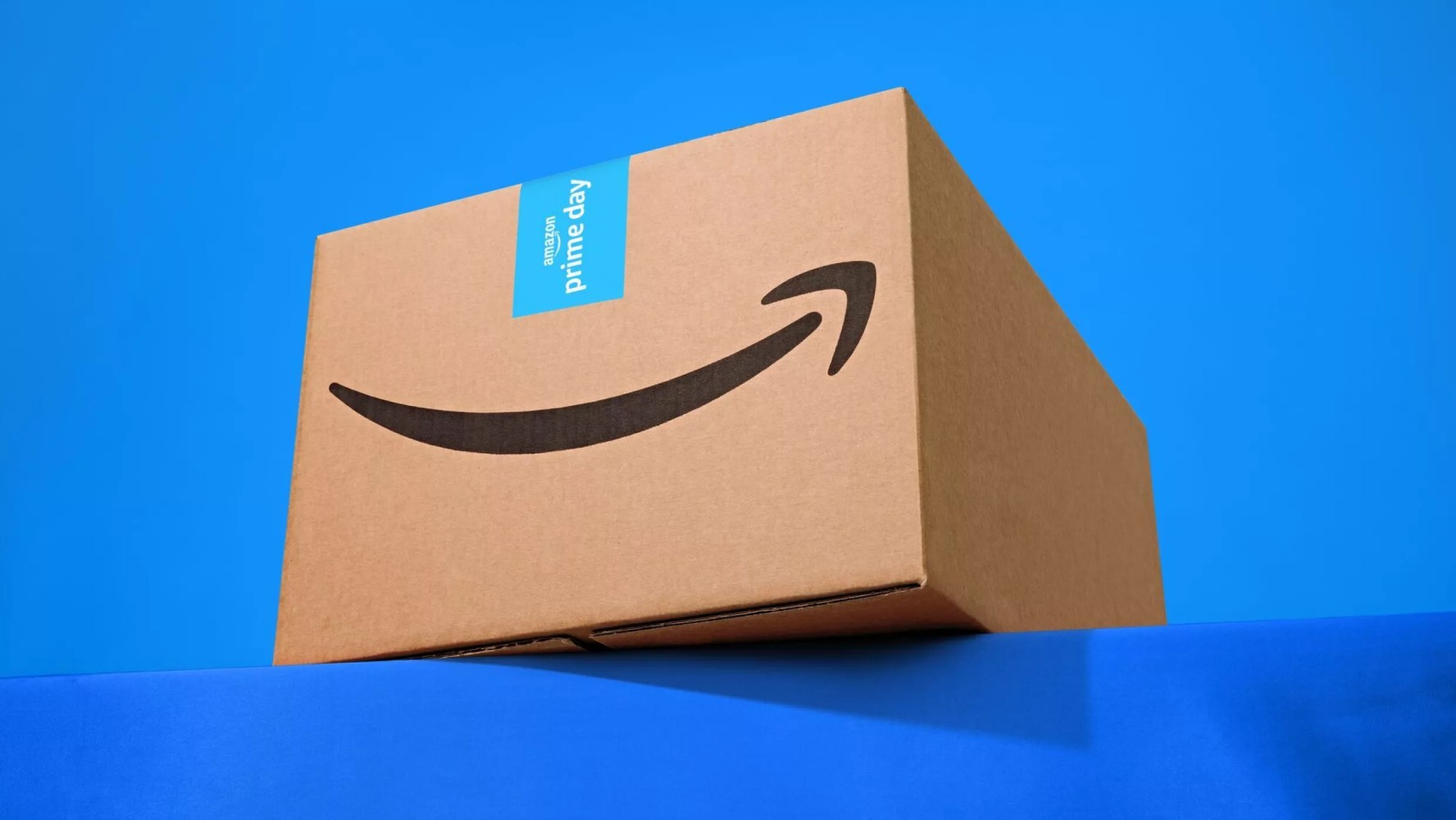

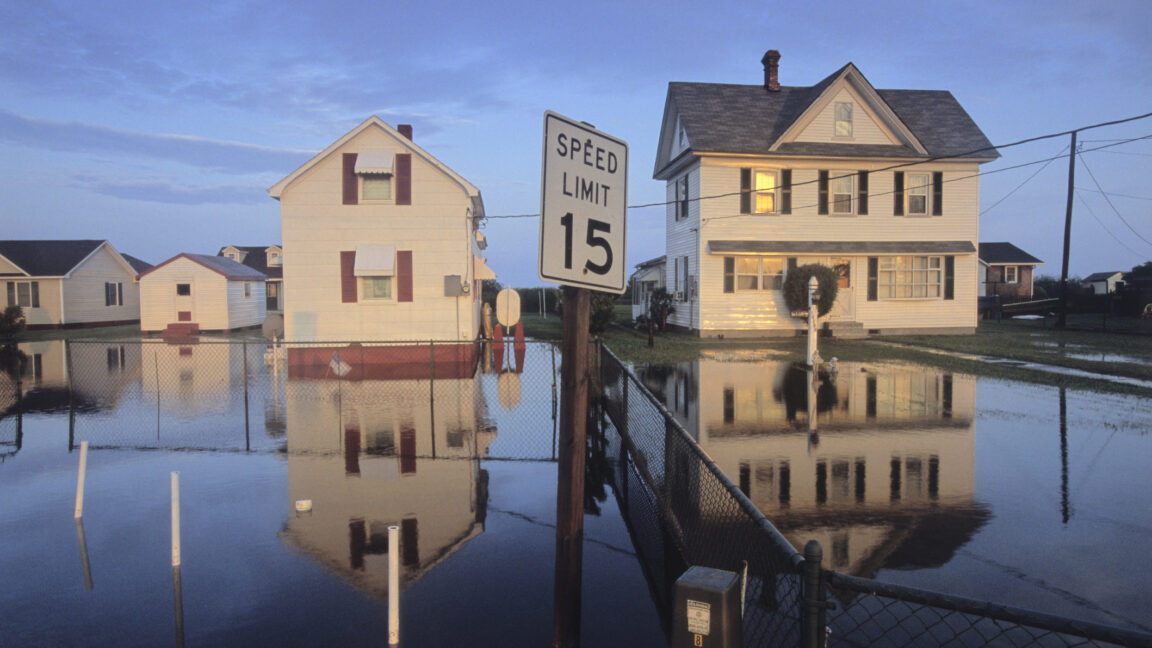


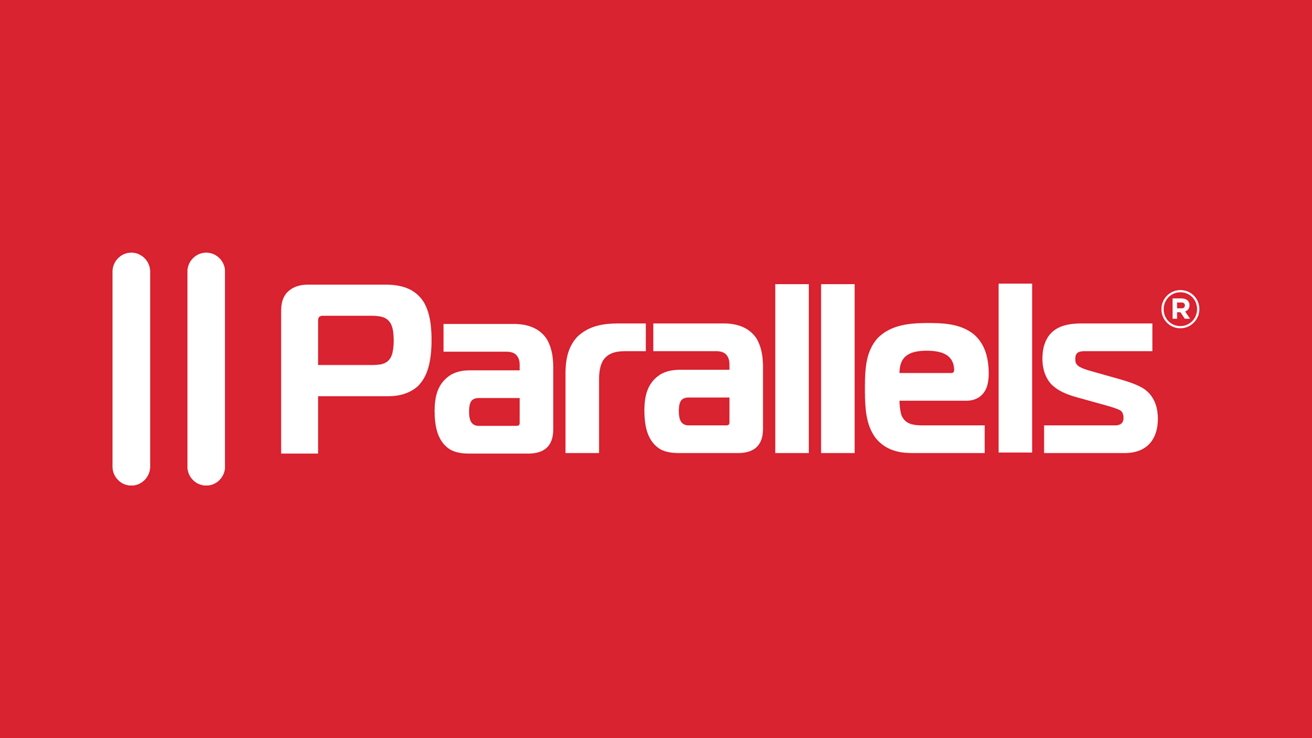


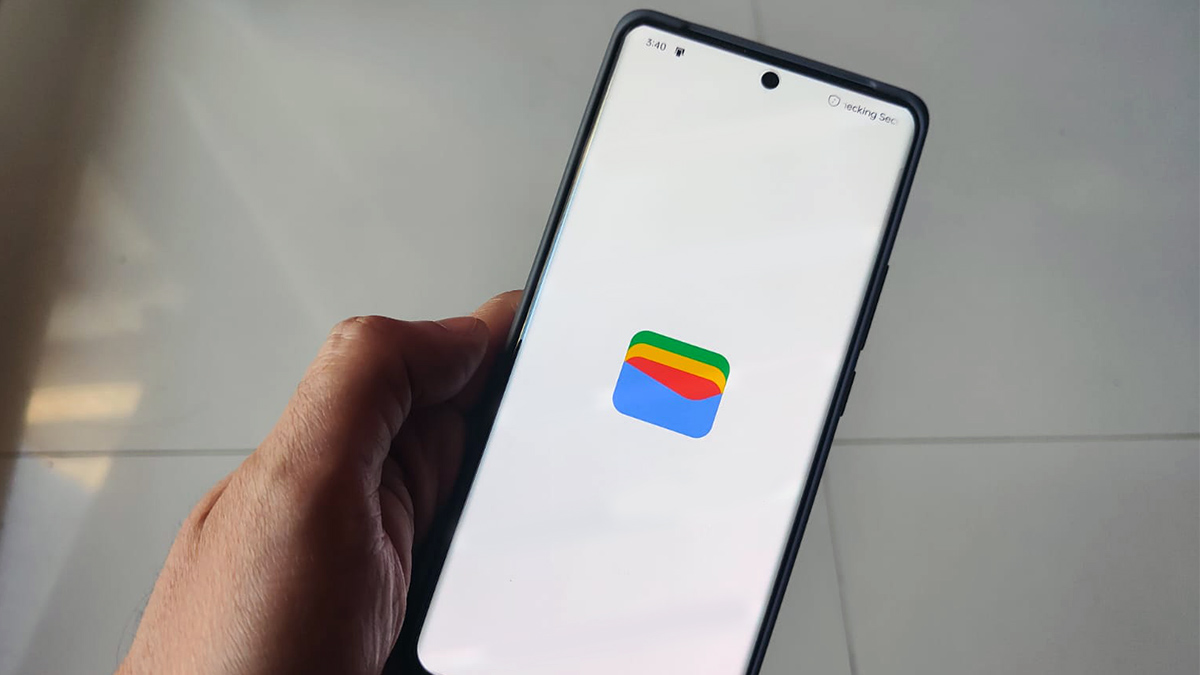





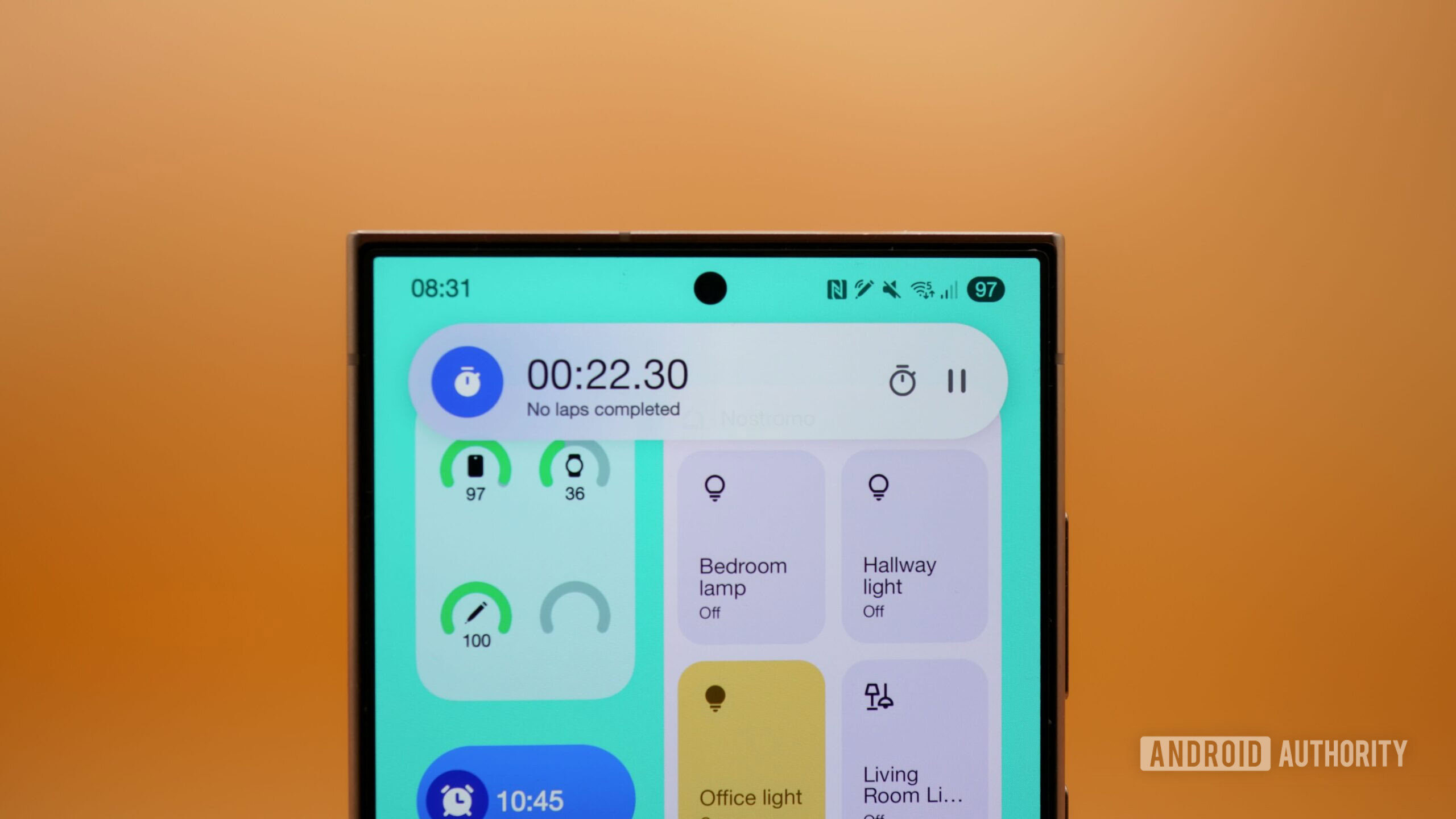



















![Standalone Meta AI App Released for iPhone [Download]](https://www.iclarified.com/images/news/97157/97157/97157-640.jpg)

![AirPods Pro 2 With USB-C Back On Sale for Just $169! [Deal]](https://www.iclarified.com/images/news/96315/96315/96315-640.jpg)
![Apple Releases iOS 18.5 Beta 4 and iPadOS 18.5 Beta 4 [Download]](https://www.iclarified.com/images/news/97145/97145/97145-640.jpg)
















































![Did T-Mobile just upgrade your plan again? Not exactly, despite confusing email [UPDATED]](https://m-cdn.phonearena.com/images/article/169902-two/Did-T-Mobile-just-upgrade-your-plan-again-Not-exactly-despite-confusing-email-UPDATED.jpg?#)
